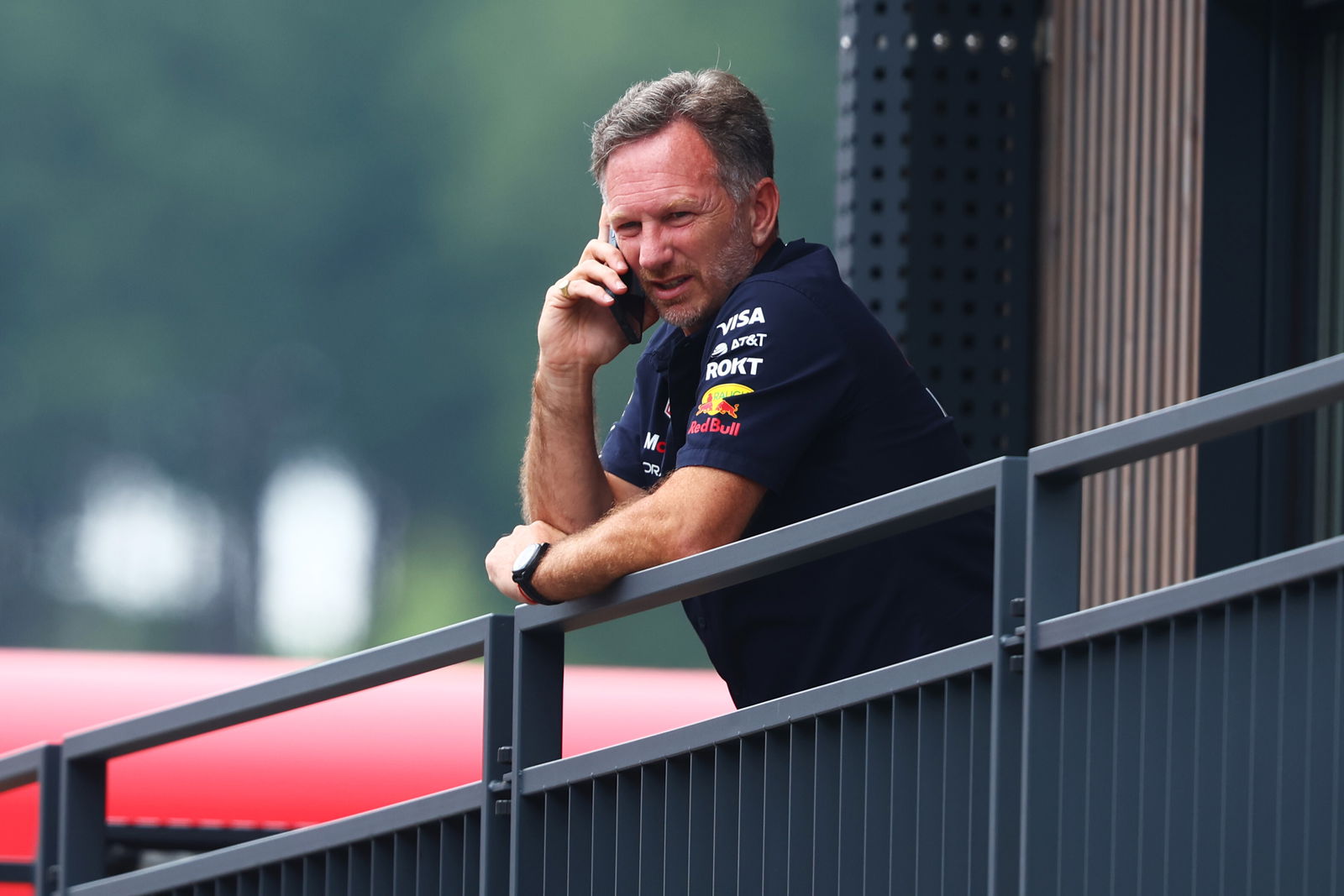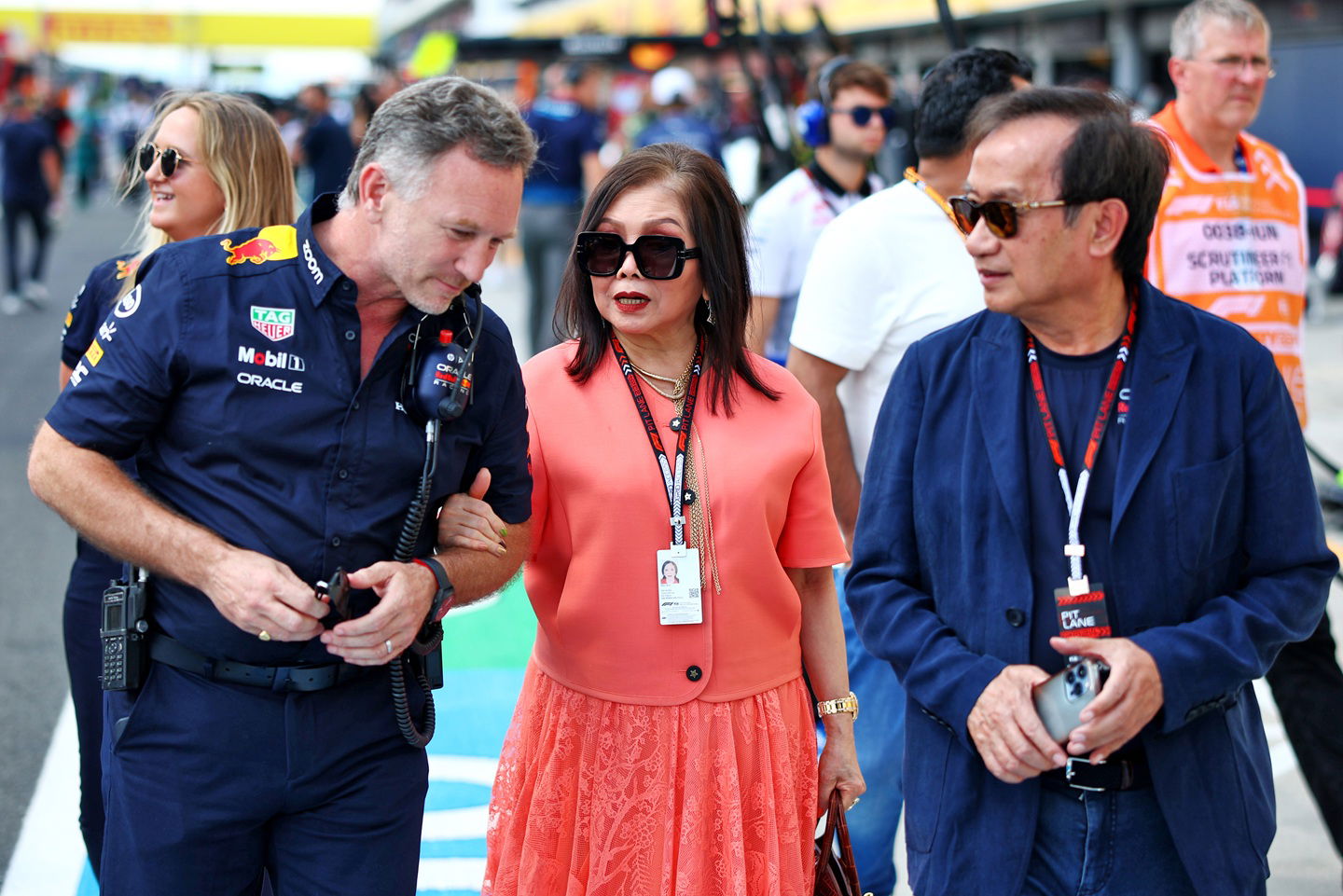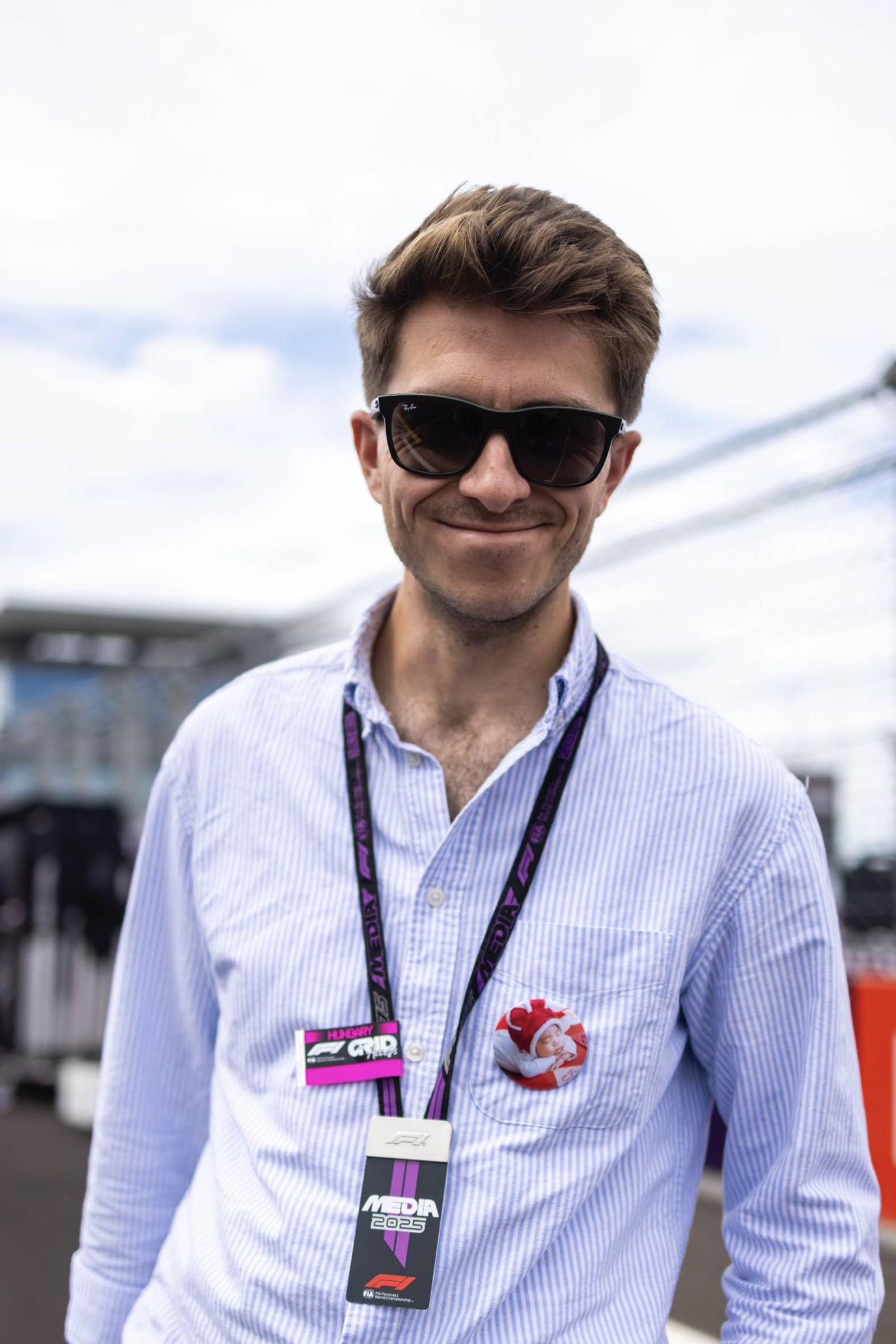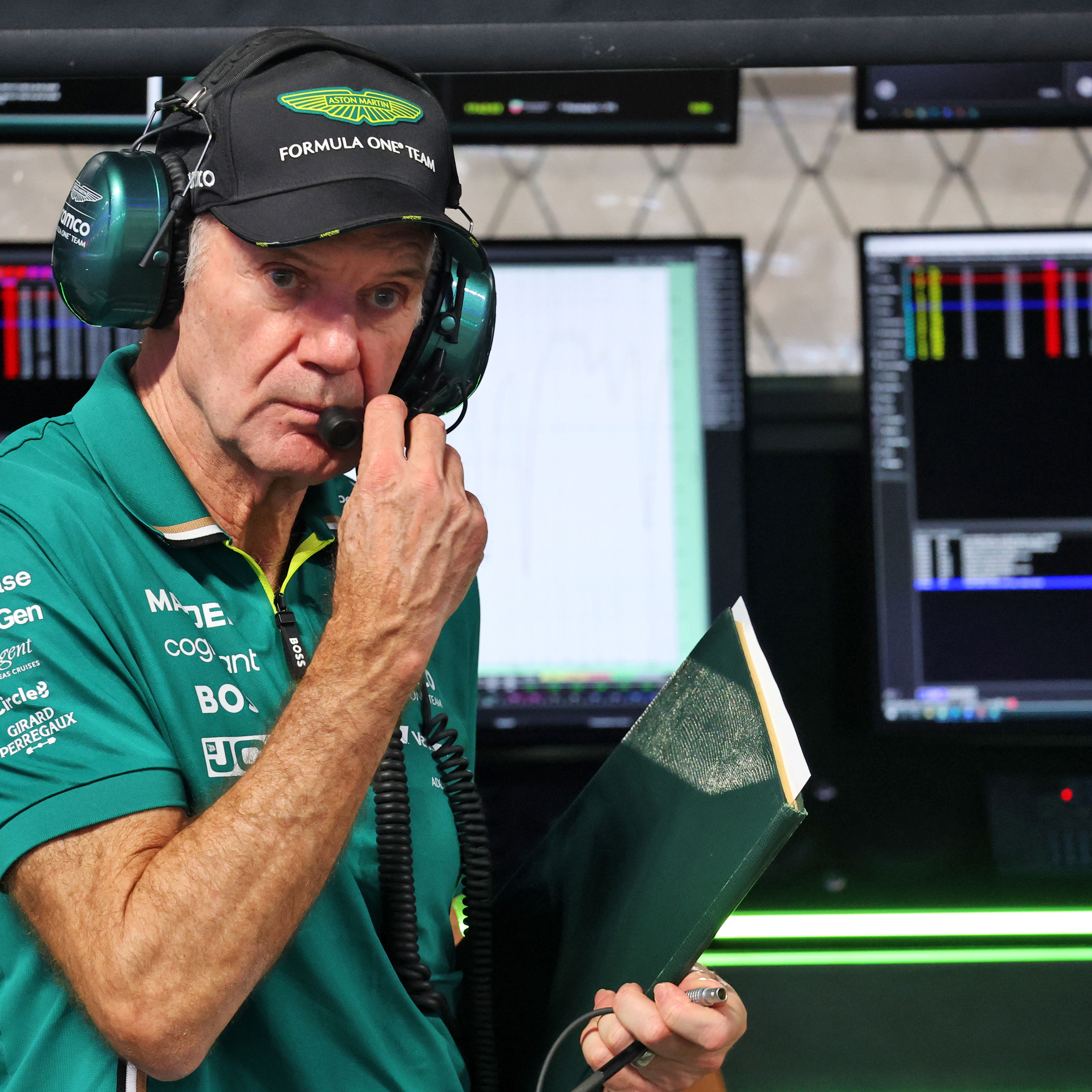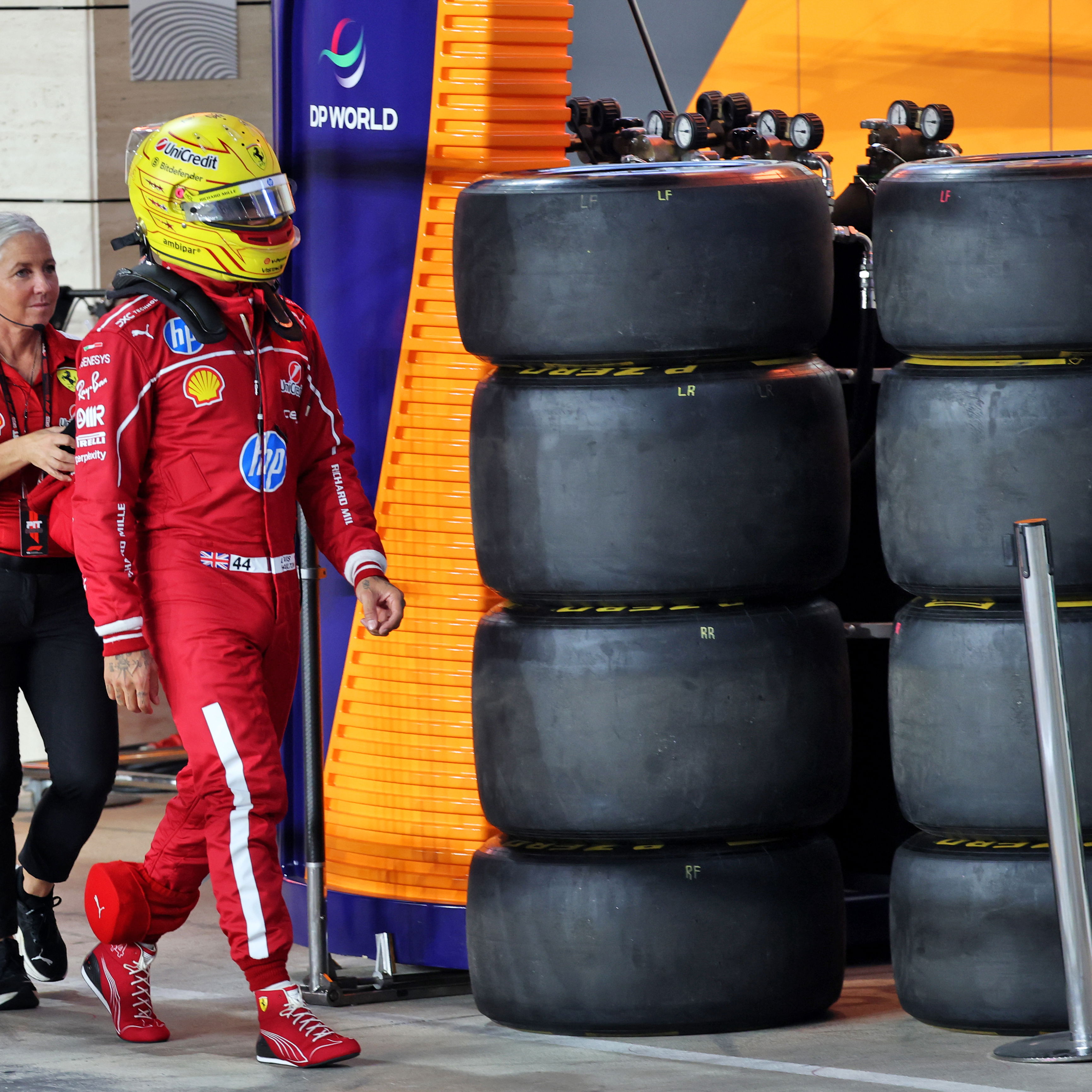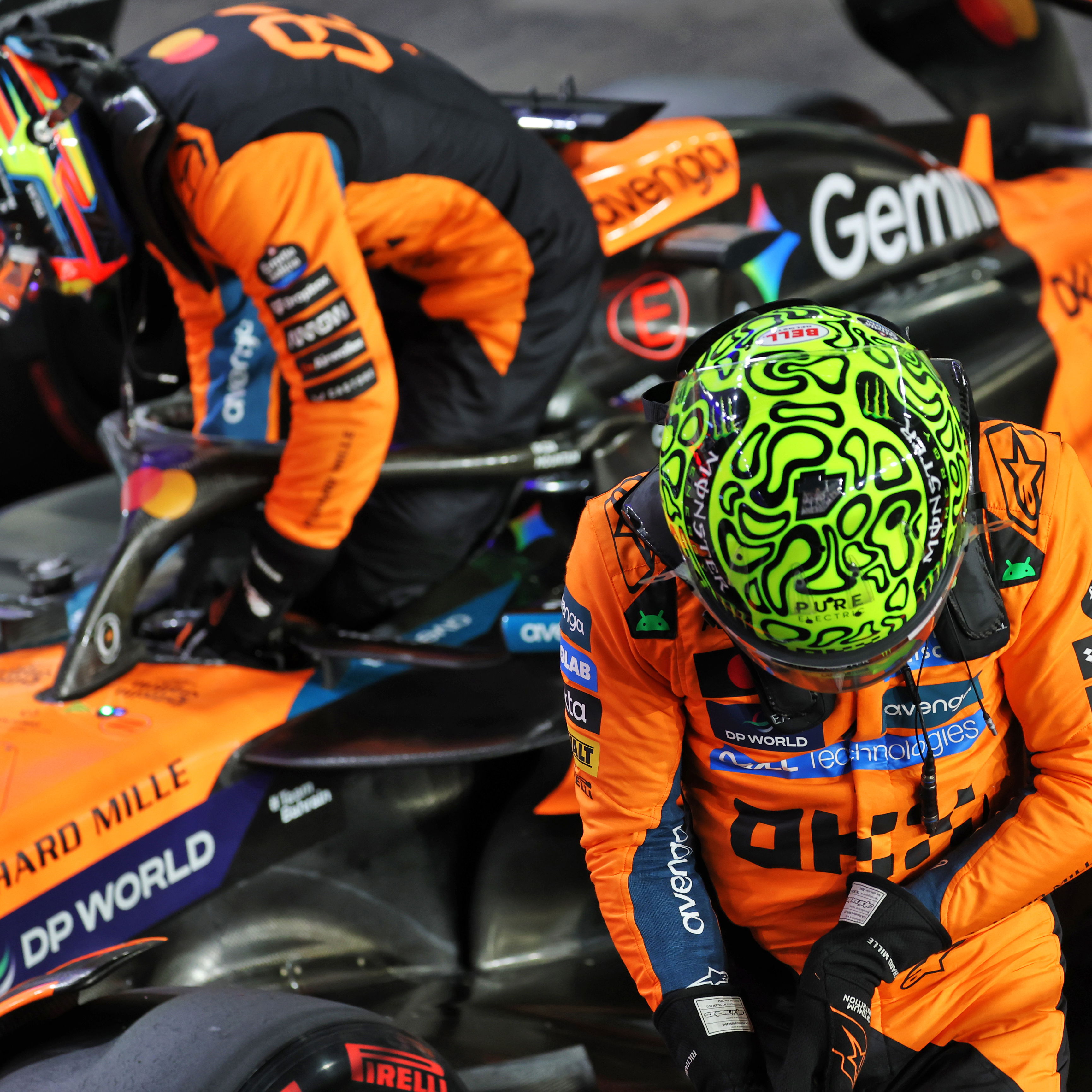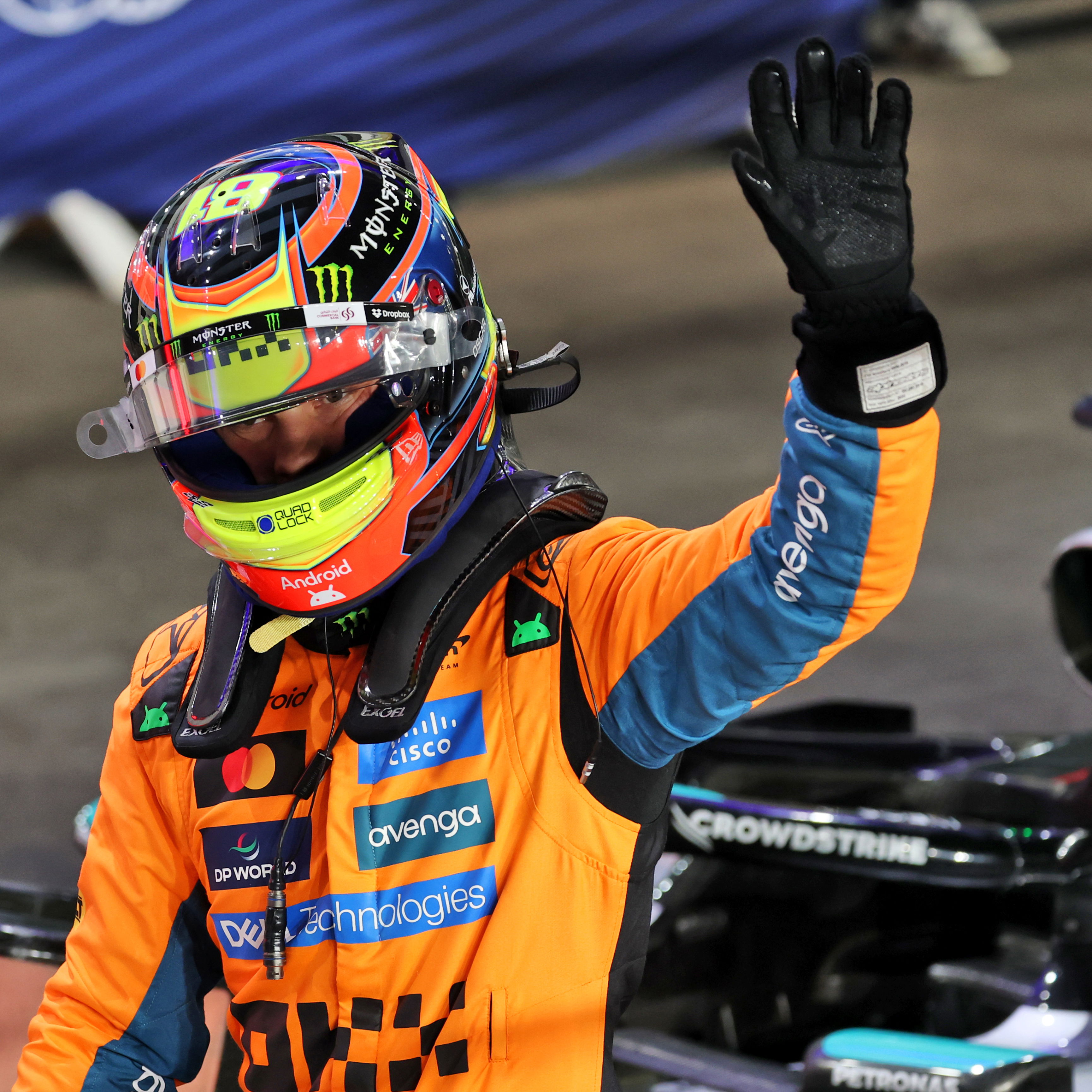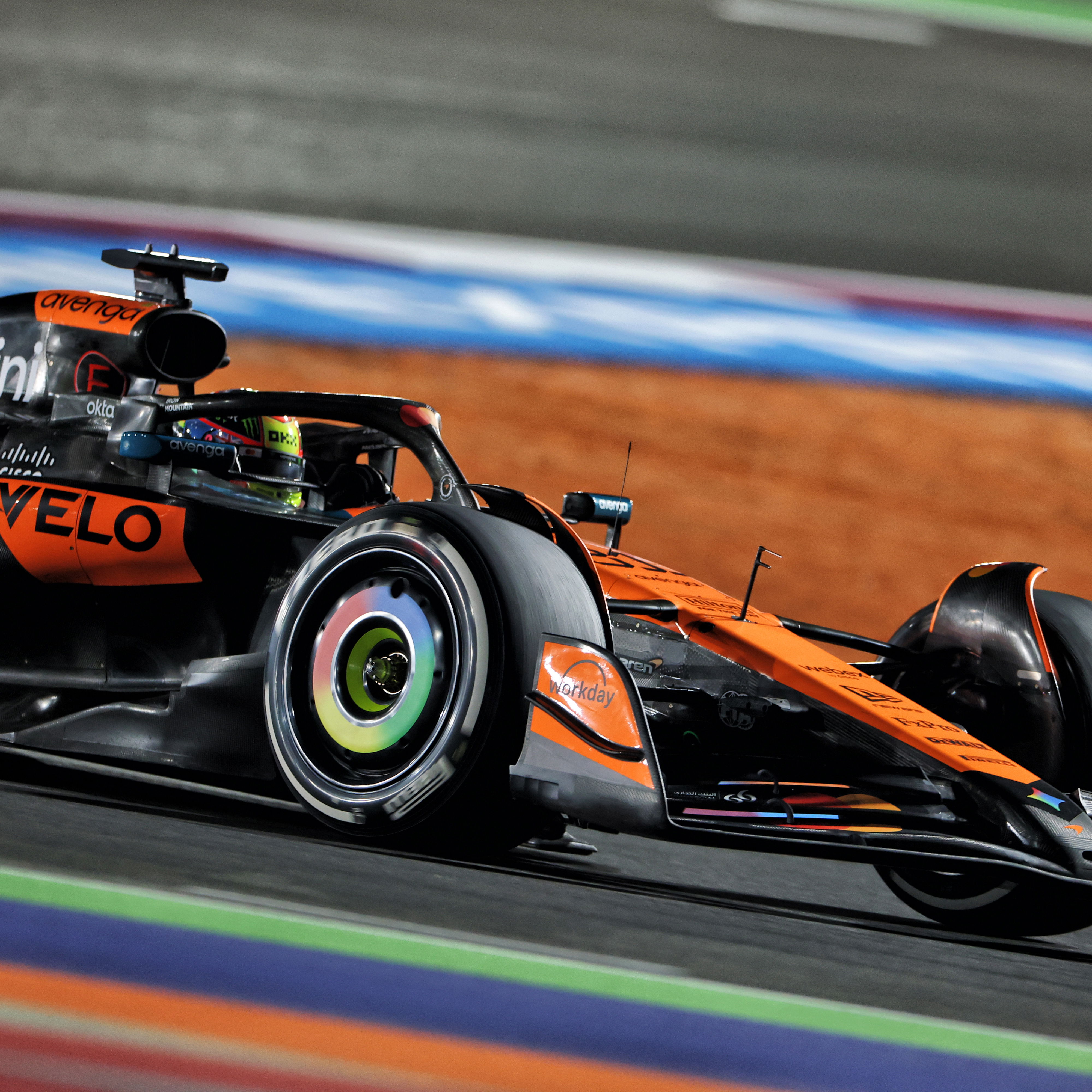Five key flashpoints that led to Christian Horner’s Red Bull demise
Crash.net takes a look at five key moments which led to Christian Horner losing his job at Red Bull.

Red Bull’s sudden sacking of Christian Horner has left the F1 world stunned.
Horner, F1’s longest-serving team principal, was removed from his position with immediate effect on Wednesday after 20 years in charge of Red Bull.
During that time, Horner led Red Bull to some incredible achievements, including eight drivers’ world championships and six constructors’ world titles amid two separate dominant periods.
But with the 51-year-old Briton’s stint coming to an abrupt end mid-way through the 2025 campaign, we’ve charted some flashpoints over the past 18 months that led to Horner’s demise.
Horner’s behaviour investigated
Until the start of 2024, everything had been going swimmingly for Red Bull and Horner. He had just overseen Red Bull obliterate the competition with a dominant 2023 campaign to make it back-to-back double world championship triumphs at the start of F1’s new ground-effect era.
But things started to go wrong on the eve of the 2024 F1 season. In February, Horner was accused of sexual harassment and coercive, controlling behaviour by a female employee.
The matter appeared to be over after Horner was cleared by an internal Red Bull investigation which dismissed the complaint days before the season-opening Bahrain Grand Prix. That was until an anonymous email including messages purporting to involve Horner was leaked to media 24 hours later.
Horner refused to say whether the messages were genuine and insisted he would remain in his role for the entirety of the season. But, for the first time, his future at Red Bull was called into question.
Public feud with Jos Verstappen
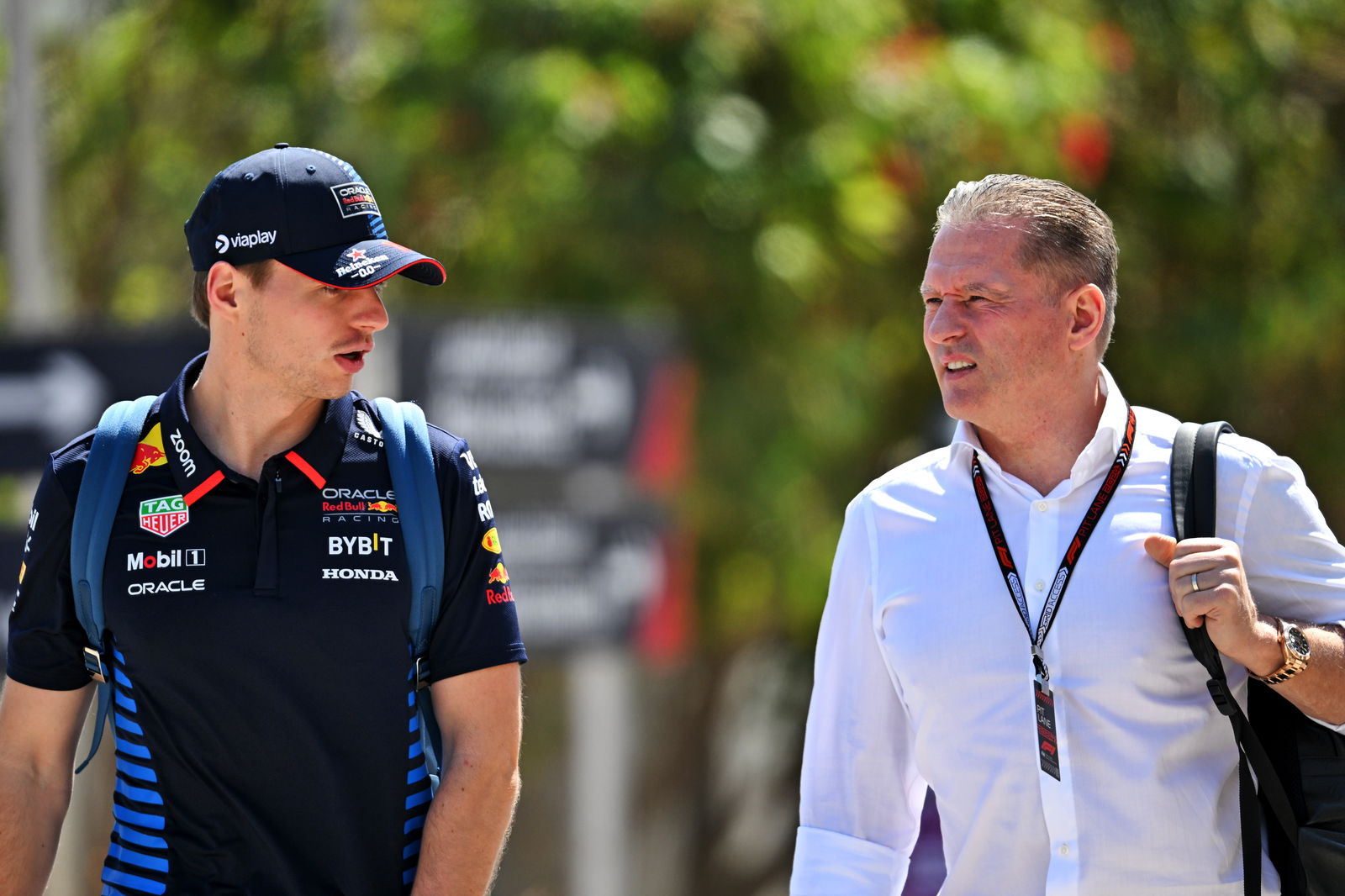
Amid the developing scandal, Horner was involved in a feud with Max Verstappen’s father, Jos.
Horner and Verstappen Sr reportedly had a fiery exchange in Red Bull’s hospitality, before the former F1 driver publicly called for Horner’s departure, saying he believed the team risked being torn apart if Horner remained in post. Verstappen also denied being behind the leaked cache of messages.
The pair’s quarrel continued at the Austrian Grand Prix when Horner tried to block Verstappen from taking part in a parade of historic F1 cars. This infighting amid wider political turbulence alienated his son, who admitted the dispute between his father and boss was “not nice” and “could have been avoided”.
This deepened key divisions between Horner and Verstappen’s camp which has not helped the uncertainty surrounding the four-time world champion’s future as he continues to be linked to the likes of Mercedes and Aston Martin.
Disgruntled Adrian Newey walks
In May last year, Red Bull were rocked by the news that chief technical officer Adrian Newey had negotiated an exit from his contract.
It is understood that Newey was unhappy about the controversy surrounding Horner and that the allegations were one of his main reasons for wanting to quit the team he had worked with for two decades.
The legendary F1 designer was also said to be disgruntled by Horner moving to downplay his impact at Red Bull, and heaping praise on technical director Pierre Wache and head of aerodynamics Enrico Balbo instead.
Newey immediately stopped working on Red Bull’s F1 cars and would later join Aston Martin. His departure was quickly followed by further exits of senior personnel, including sporting director Jonathan Wheatley.
Such moves were going against Verstappen wishes, with the Dutchman repeatedly stressing the importance of keeping Red Bull’s key players at the team.
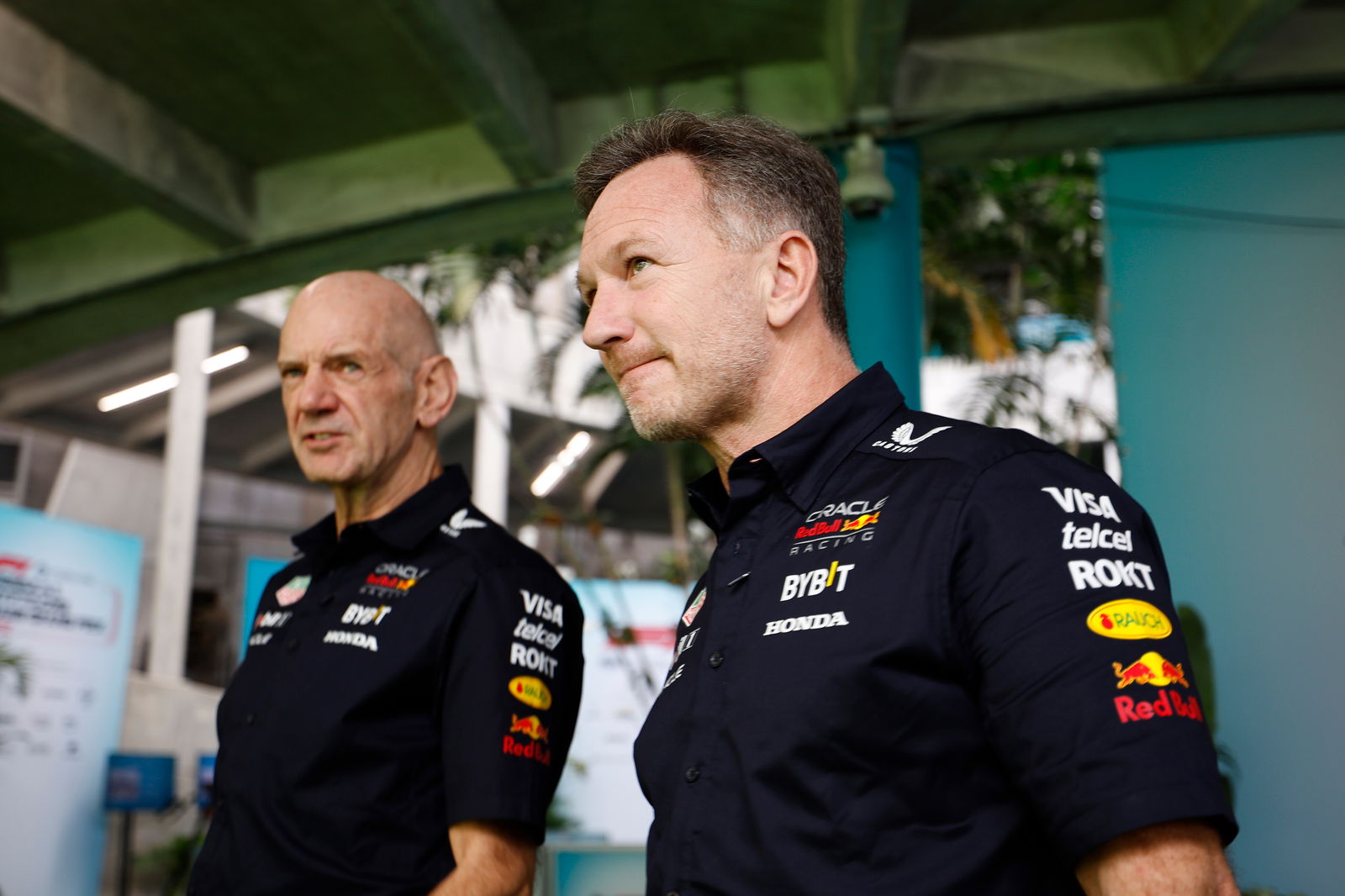
Red Bull’s second driver problem
While Verstappen overcame Red Bull car troubles in the second half of 2024 to land his fourth consecutive world title, it was clear Red Bull had a major problem as they lost their grip on the constructors’ crown to McLaren.
This was largely due to Sergio Perez underperforming in the second car, leading to the decision to terminate his contract early and replace the Mexican for 2025.
It was Horner’s decision to pick Liam Lawson over Yuki Tsunoda during the winter and the call proved disastrous. Lawson managed just two races before Tsunoda was parachuted in to replace the struggling Kiwi.
Tsunoda hasn’t performed much better in the troubled RB21, and both he and Lawson have fared worse than Perez did, leading Red Bull to slip further down the pecking order.
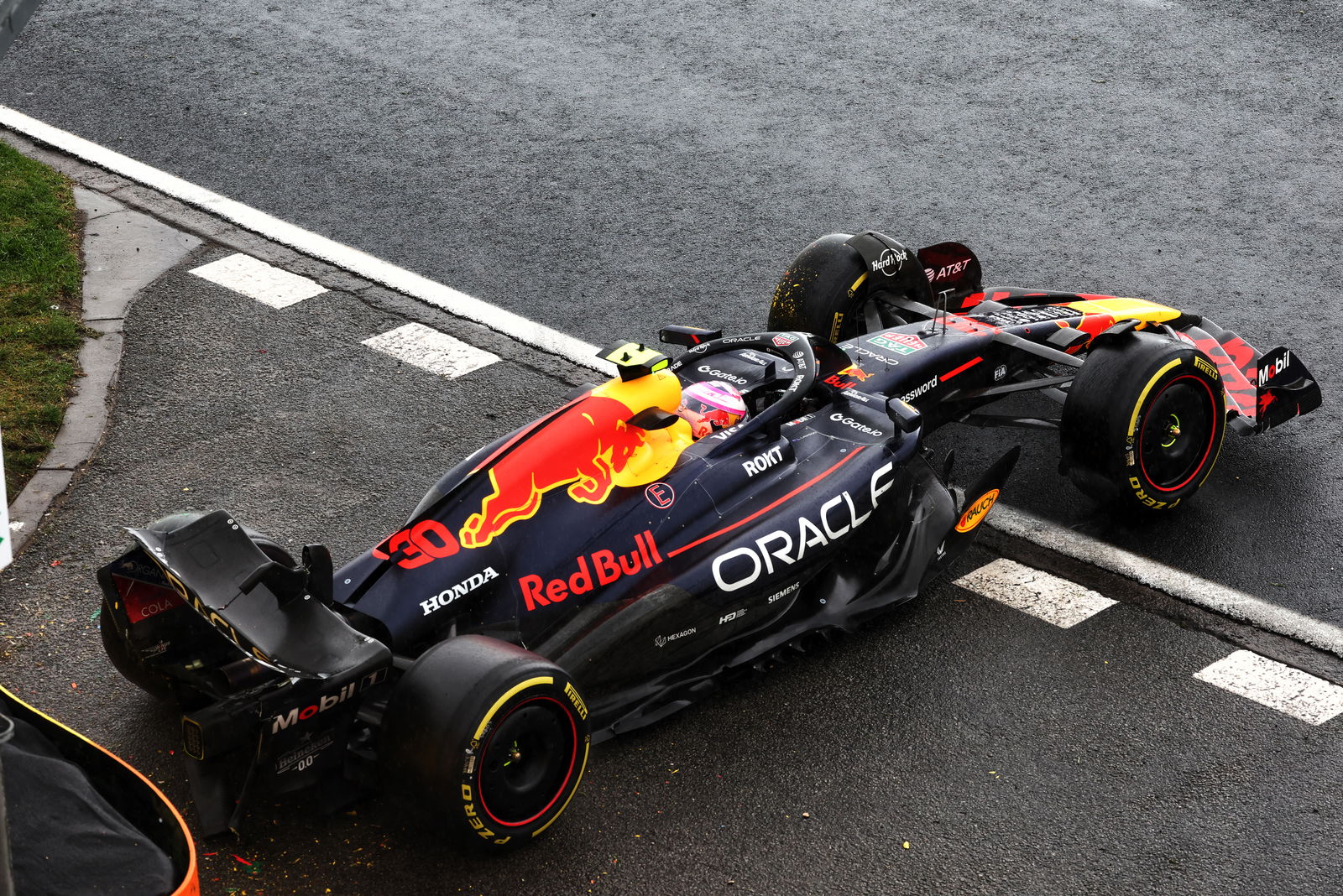
A rapid decline in competitiveness
Red Bull’s current woes can be traced back to mid-2024 when their car first started developing balance and handling issues which plagued Verstappen. After winning seven of the opening 10 races, Verstappen would take just two more victories from the next 14 races.
The Dutchman’s brilliance was enough to see him over the line to claim a fifth drivers’ crown and ultimately papered over the cracks at Red Bull, but there has been no hiding place in a hugely challenging 2025 season.
Verstappen has won just twice this season in a car that has no right being at the front of the grid, while teammate Tsunoda has finished closer to the back than the points on most occasions since his promotion.
Now 61 points behind McLaren’s Oscar Piastri, Verstappen’s hopes of defending his world title look all but over with Red Bull seemingly unable to find a cure for their 2025 challenger.
Red Bull have Verstappen’s magic to thank for even being as high as fourth in the constructors’ championship this year, and the team knows they cannot afford to lose their star driver to a rival.
A combination of deteriorating on-track results, coupled with uncertainty surrounding Red Bull’s competitiveness as they produce an in-house power unit for F1’s major rules shake-up in 2026, and Verstappen’s growing frustrations, appear to be the straw that broke the camel’s back for Horner.
